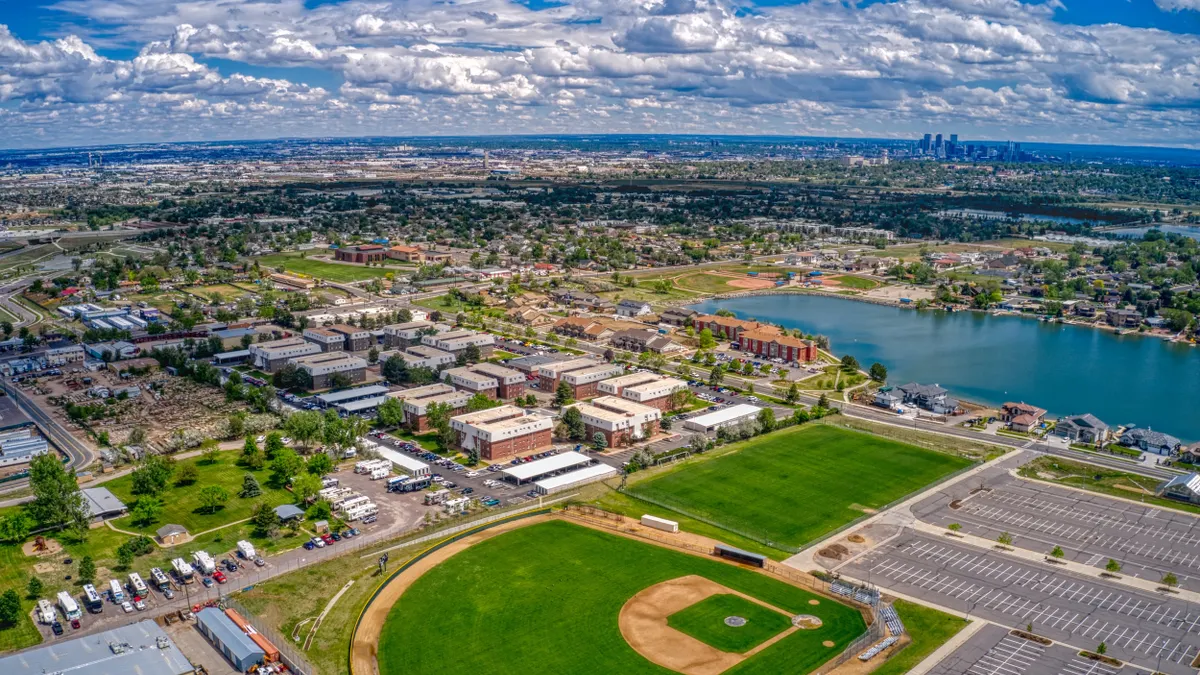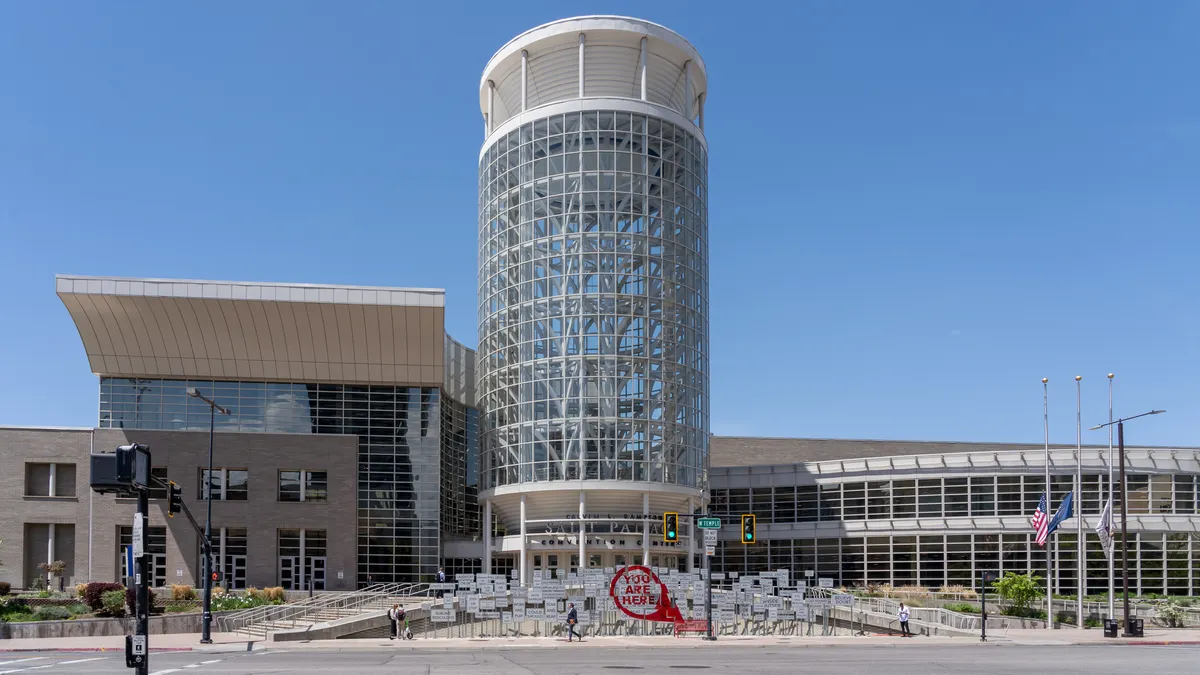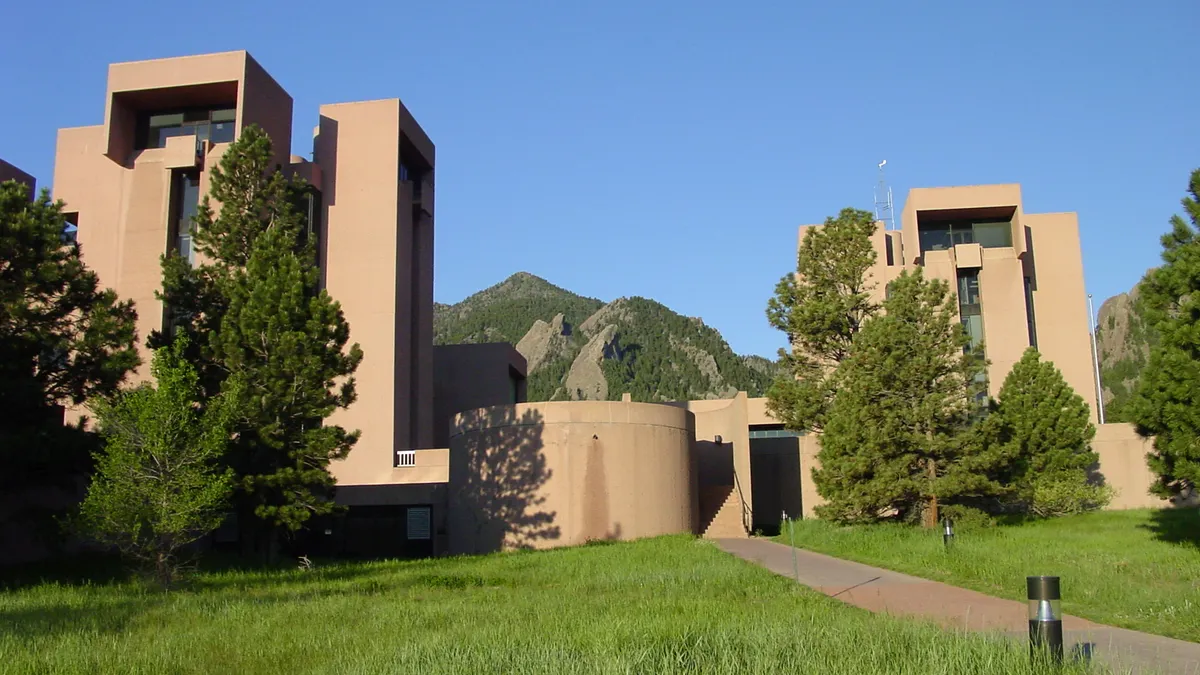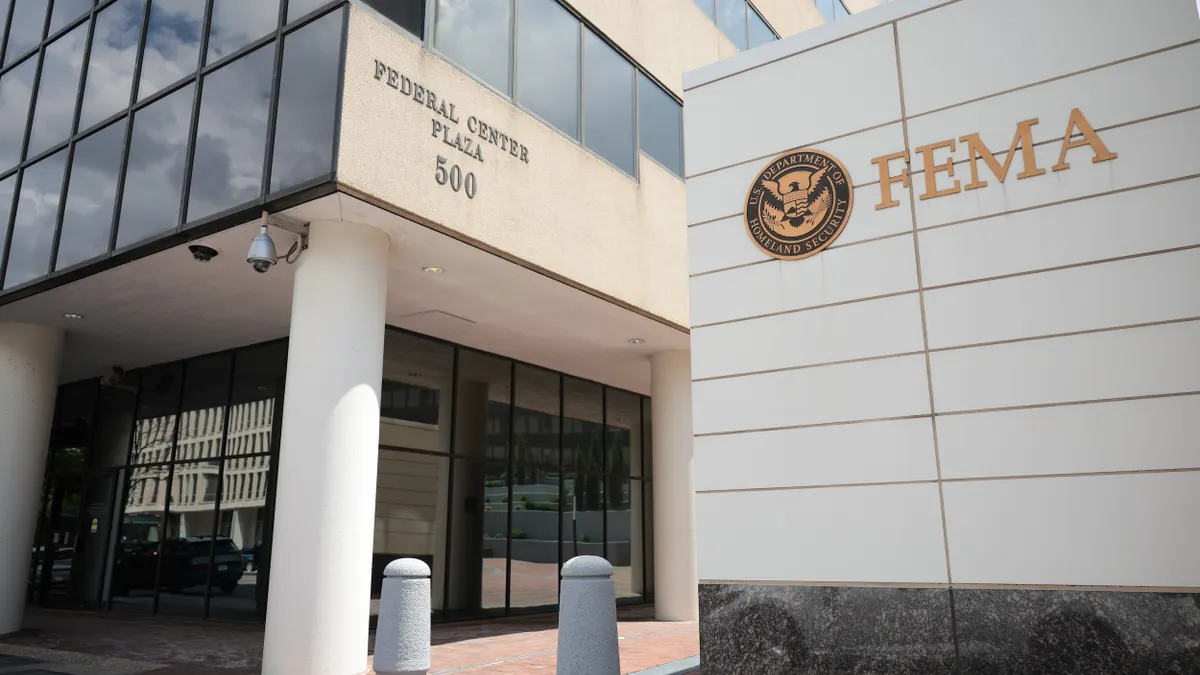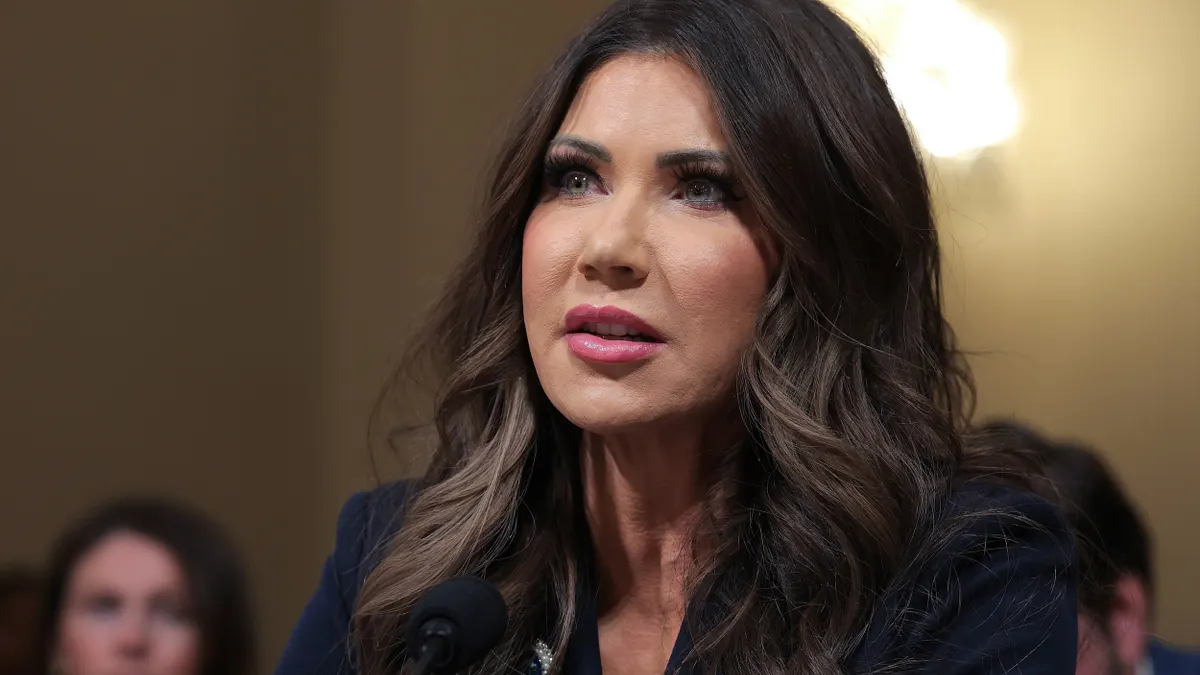The California Legislature has rolled back provisions of the California Environmental Quality Act in an effort to spur housing construction and cut red tape for other types of projects, according to a June 30 news release from Gov. Gavin Newsom, who signed the legislation the same day.
The rollbacks, which came as part of the state’s 2025-2026 budget and are now in effect, will exempt certain types of projects from the environmental reviews necessary under the CEQA.
Exemptions, according to a blog post from law firm Allen Matkins, include:
- Urban infill housing developments.
- Housing element rezoning.
- Advanced manufacturing, semiconductors and broadband projects.
- High-speed rail projects.
- Day care centers not located in residential areas.
- Rural health clinics, federally qualified health centers, and nonprofit food banks/pantries.
- Agricultural employee housing projects.
- Certain wildfire risk reduction projects.
- Certain public parks and nonmotorized recreational trail facilities.
- Certain community water system and sewer service projects.
- Updates to the state’s climate adaptation strategy.
The CEQA, which was signed into law in 1970 by then-Gov. Ronald Reagan, is commonly referred to as a piece of landmark environmental legislation. The CEQA required state and local governments to study and publicize what it considered likely impacts to the environment around projects.
Because of the rollbacks, housing developers won’t face the ongoing threat of open litigation that has been the norm in the state under the rule, CalMatters reported.
Quicker permits
Phillip Babich, an attorney in law firm Reed Smith’s San Francisco office, said that the implications for higher-density housing projects are significant.
The environmental impact process, before the changes, could take a year and a half from beginning to end. This time didn’t count administrative appeals or litigation, the latter of which routinely put developers on edge.
“I would say that it was happening frequently enough where project developers would be discouraged in terms of moving forward with the proposal, and also public agencies would be shy at approving project applications for housing and other types of projects unless there was a clear path toward an exemption or an exception,” Babich said.
Babich said that, significantly, a time-consuming Environmental Impact Report is not required for these projects. Previously, a challenger could put forward their own evidence and say that a project would, in fact, have a significant impact on the environment. Under these changes, Babich said, that is no longer the case.
However, Babich said the law still requires what’s called a Phase One Environmental Site Assessment. This, Babich said, looks at the historical uses of the property, the possibility of any toxic contaminants, its proximity to other toxic sites, and potentially the existence of any underground storage tanks.
“There will be a fairly thorough look at a property before the housing project qualifies for the exemptions. And I think that's something that the public should be aware of,” Babich said.
Depending on the backlog, Babich said, projects have the potential to be approved, and permits issued, within two to three months.
Clashing views
Newsom, in an effort to push the changes through, tied his support of the state’s $321 billion budget bill to the CEQA rollbacks, CalMatters reported on June 30. The outcome is far different from a 2016 attempt to take a hatchet to the legislation, which was stymied by a coalition of opponents that included local governments, construction labor unions and environmental activists, per CalMatters.
Detractors of the law criticized it for providing cover for groups and individuals who wished to stop or hinder a project through the threat, or filing, of lawsuits.
Tom Soohoo, vice president of business development and marketing at San Francisco-based builder Webcor, said that the company has witnessed the unintended consequences of CEQA over time.
“We've seen well-conceived projects get delayed for years, driving up costs and pushing much-needed housing further out of reach for Californians,” Soohoo said in a statement.
He now hopes that the rollbacks will achieve an equilibrium between public input and environmental safeguards.
“If the recent CEQA changes can strike that balance — ensuring that sustainability and community voices are still prioritized while reducing unnecessary delays — then we see it as a constructive step forward,” Soohoo said in a statement to Construction Dive. “We support efforts that bring stakeholders together to achieve shared goals: building more housing, strengthening communities, and protecting the environment.”
Supporters of the environmental law decried the process that pushed the rollbacks through, which they called undemocratic. The Center for Community Action and Environmental Justice, an environmental advocacy organization based in the state, said that the rollbacks would pave the way for toxic developments.
“This bill represents the worst anti-environmental, anti-safety and anti-public health legislation California has seen in recent memory,” said Ana Gonzalez, CCAEJ’s executive director, in the news release.








